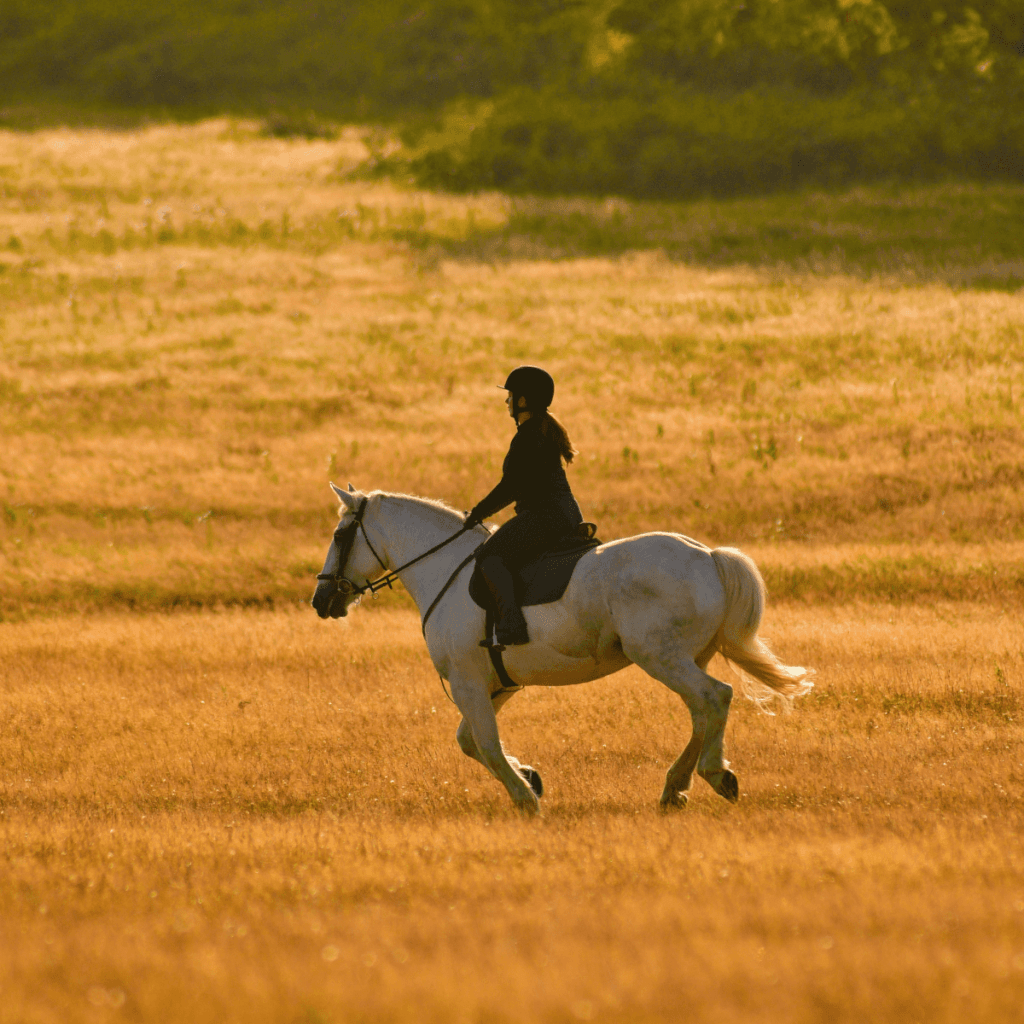As a horseback rider, being prepared with the right equipment and skills is crucial.
One area that often gets overlooked is knot-tying. Knots may seem simple, but they are vital tools in an equestrian’s toolkit. From securing tack to tying your horse safely to a post, knowing the right knot can make a world of difference in ensuring your safety and your horse’s well-being. In this post, we’ll break down five essential knots every horseback rider should know, along with easy-to-follow instructions on how to tie them.
1. The Basic Knot (Overhand Knot)
The overhand knot is the simplest and one of the most commonly used knots in horseback riding. Whether you’re tying a lead rope or securing a quick fix on a loose rein, this knot is your go-to solution. It’s incredibly easy to tie and untie, making it useful in various everyday situations.
How to Tie It:
- Take the end of the rope in one hand and form a loop.
- Pass the working end of the rope through the loop.
- Pull the knot tight.
The overhand knot is best used for quick, temporary fixes, like securing a rope to a post or attaching items that don’t require a tight or permanent hold.
2. The Bowline Knot
Known as the “king of knots,” the bowline is essential for anyone who works with horses. This knot creates a fixed loop at the end of a rope that will not slip, no matter how much pressure is applied. The bowline knot is particularly useful when you need to tie a horse to a post or make a loop for attaching equipment to the saddle.
How to Tie It:
- Create a small loop in the rope, with the working end on top.
- Pass the working end up through the loop, then around the standing part of the rope.
- Bring the working end back down through the loop and pull it tight.
The bowline knot is invaluable for any situation where you need a secure, non-slip loop, such as tying your horse to a trailer or post.
3. The Quick Release Knot
This knot is a must-know for safety reasons. The quick release knot allows you to secure your horse in a way that can be released instantly in an emergency. If your horse pulls back or panics, this knot can quickly be untied without any struggle. It’s ideal for tying a horse to a post or rail when you might need to free the horse quickly.
How to Tie It:
- Pass the rope around the post or rail.
- Form a loop in the rope and tie a basic knot around the standing part.
- Before tightening, leave a loop that can be pulled to release the knot quickly.
- When you pull the free end of the rope, the knot will unravel without much force.
The quick release knot ensures that your horse remains secure but can be freed quickly in case of an emergency.
4. The Clove Hitch
The clove hitch is perfect for tying a horse to a stationary object, such as a hitching post. It can be easily adjusted if you need to change the tension or move your horse to a different spot. While it’s reliable, it’s important to remember that it’s not always the best knot for high-pressure situations, as it can slip under tension.
How to Tie It:
- Pass the rope around the post.
- Cross the rope over itself, making an X shape.
- Tuck the working end of the rope under the crossing portion of the rope.
- Tighten it down and adjust as needed.
The clove hitch is incredibly versatile and great for temporary ties, though it’s essential to check it frequently to ensure it doesn’t come loose.
5. The Taut-Line Hitch
The taut-line hitch is ideal when you need to adjust the tension on a rope—perfect for securing lead ropes, reins, or tarps. This knot is adjustable and holds tight under tension, making it a great choice for trail riding or any activity where you need to make adjustments to the length of the rope.
How to Tie It:
- Make a loop around the object you’re tying to (like a post).
- Pass the working end of the rope through the loop and pull it tight.
- Make another loop around the standing part of the rope, and pass the working end through.
- Slide the knot along the rope to adjust its tension.
This knot is fantastic for when you need to make precise adjustments, and it won’t slip when under tension.
Mastering these five knots will give you a solid foundation for handling your horse safely and efficiently. While there are many other knots that might come in handy, these are the essential knots every horseback rider should know. Whether you’re tying your horse to a post or securing tack, the right knot can make your life much easier and safer. Practice tying these knots until they become second nature, and you’ll be ready for whatever situation comes your way.




